A small group of officers and analysts challenged the dominant doctrine of heavy aircraft and proved that the future of…
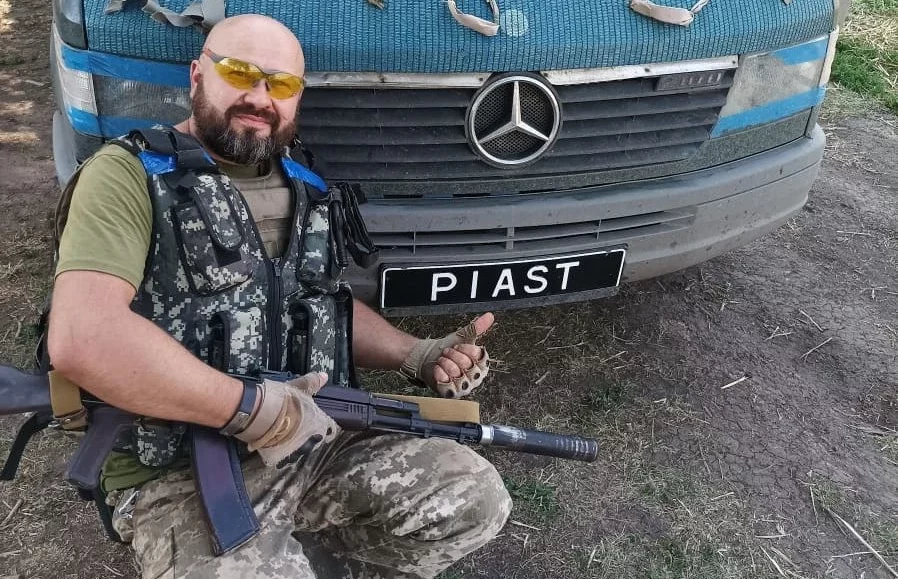
“The main thing is to think about people, not to spare the vehicle, and to put your foot down on the gas”, — that is the guiding credo of the chief sergeant of the evacuation and combat-supply group of the reconnaissance company of the 151st Separate Reconnaissance-Strike Battalion of the 10th Army Corps, Serhii, callsign “Pyast.”
He told ArmyInform about his combat path and experience, the danger of “zhduny” and FPV drones, and why he refuses to switch from a pickup to an armored vehicle.
He chose a princely-royal callsign… because of football
The callsign of Chief Sergeant Serhii, “Pyast,” is indirectly connected with the Polish medieval princely and royal dynasty — the soldier picked it in honor of the Polish football club “Piast Gliwice”. Serhii liked to visit that team’s stadium when he lived in Poland for an extended period.
“I lived for four years before the large-scale invasion in Gliwice near the stadium. I went to football, watched matches, cheered for the local club. That’s much more interesting than watching games on TV. So when the company commander said to come up with an original nickname, I chose this one — ‘Pyast’ in honor of the football club”, — the chief sergeant explains the origin of his callsign.
It turned out that the callsign, nominally honoring the famed Piast dynasty — during whose era the Polish state formed — Serhii chose almost two steps removed: he picked the name because of his favorite team’s name. So the soldier accidentally ended up with a princely-royal callsign, without even thinking much about it.

Returned to Ukraine in the first days of the full-scale war
Serhii remembers that he had already put down roots in Poland and intended to stay there longer, planning to return to Ukraine closer to retirement age. But everything changed with Russia’s large-scale attack in 2022. When columns of refugees lined up at the border to the EU, Serhii went the opposite way — back to Ukraine.
“My older daughter Vladlena was in Zaporizhzhia, along with my parents and my in-laws — I couldn’t leave them. When I arrived, I ran around military enlistment offices for four to five days — sometimes they didn’t take me, sometimes documents got lost and were found only two days later. Eventually they took me into the territorial defense battalion that was forming in Pology”, — recounts “Pyast.”
He does not hide that he thought it would all end in three to four months, at most half a year. But since then he has stubbornly fought for the fourth year in a row, and if he complains about service at all, it is only that, like his comrades, he hopes for relief — he is waiting for reinforcements.

Rose to senior sergeant during conscript service
At the beginning, Serhii’s experience of conscript service proved useful: he rose to senior sergeant, performed duties as deputy platoon commander, although he had only two subordinates under his command.
“I knew what service looks like, what discipline is, how relationships between soldiers, sergeants and officers are built — that helped a lot”, — the serviceman says.
Professional knowledge in military-record specialties was not very useful, however, because serving in the early 2000s meant working with equipment that is now outdated. More useful was his driving experience: during conscript service Serhii drove an APC, and afterward he spent most of his time behind the wheel.
Experience in extreme driving came in handy
After the army, Serhii worked for six years as a driver in a rapid response unit of the State Security Service and took part in detaining criminals. They didn’t use firearms then, though they sometimes detained serious offenders.
“Only batons and handcuffs — we never had to shoot”, — he recalls.
However, experience in extreme driving proved useful both in his later civilian life — Serhii drove buses — and especially in the war. Here, the chief sergeant is the unit’s most skilled driver, who not only confidently drives in the most dangerous zones himself, but also passes that experience on to others.
Two years at the intersection of three regions’ borders
For the first two years Serhii served in the 116th territorial defense battalion, which defended the Novopil area near the administrative border crossing of Donetsk, Zaporizhia and Dnipropetrovsk regions.
“Back then everyone thought we were defending Zaporizhzhia. In May 2022 they put us in Novopil, and we held the defense there for two years. The rear point was in the Dnipropetrovsk region, and from there through Zaporizhia region we drove to positions that were already in Donetsk region — the route was about 12 kilometers”, — the serviceman says.
During that time he witnessed a noticeable modernization of the Ukrainian army. They began with AK-74s and a few grenades, and within a year and a half American MK-19 automatic grenade launchers appeared, the fire of which they learned to adjust with the help of drones.
Evacuated about one hundred and fifty wounded from the frontline
In one and a half years Serhii evacuated dozens of wounded from the frontline. The pickup the unit received in May 2022 proved invaluable and managed to be kept running for an extraordinarily long time for a vehicle that was driven all the way to the very “front.”
In the war’s early years this was still possible, because bomber drones with droppable charges and FPV kamikazes became noticeably widespread in both the Ukrainian army and the enemy only no earlier than the summer and even autumn of 2023.
Overall, during his service “Pyast” evacuated over 150 wounded Ukrainian fighters from the frontline, 48 of them in just one and a half months — May–June 2024. He didn’t keep an exact tally at other times because there simply wasn’t time for that.
“Until we were transferred to Sumy, we didn’t even know FPV drones”, — the serviceman recalls. — Now they have become a primary threat, but at the start of the war they didn’t exist at all.”
FPV drones became the greatest threat
In Sumy region, the unit where Serhii served held positions on the border near the Russian settlement Tyotkino at the time of the Kursk operation. It was there that the fighters first encountered enemy FPV drones.
“We had four positions, but one was very important — on a railway bridge. The guys there built such a major fortification/strongpoint, you could hold out there for weeks. But we didn’t know what FPV was. And then four FPVs burned that position to the ground in literally half an hour”, — recounts “Pyast.”
They learned a bitter lesson for the future, because enemy FPVs became ever more numerous. They had to take them into account both when arranging positions and when providing frontline logistics in the “zero” area.
Five of our drones swarm one ‘katsap’
After Sumy, Serhii continued serving on another hot sector near Kupiansk, in the Kyslivka and Kotliarivka area. The occupiers at that time — from summer 2024 — stepped up pressure to capture the city and regularly sent small assault groups of 3–4 infantrymen under the cover of drones and electronic warfare measures.
“Today nothing has changed radically. They still move in small groups — a drone accompanies them — just as before. Only now maybe our EW systems have improved, because their communications now often fail as ours did at the start. Then our artillery also became better. And although for every ten of their shots we make five, we get results with accuracy. And, importantly, our priority is still with drones — the moment we detect the enemy, ours launch in groups of four, five; two or three drones can swarm against two men or a single ‘katsap’ (derogatory for a Russian)”, — “Pyast” says.
“Waiting” drones are insidious but clumsy
At the same time, the occupiers have an advantage in tethered “waiting” drones on fiber-optic lines, which lie in wait for transports in Ukraine’s near rear.
“On ‘zhduny’ they have an advantage — they disrupt our logistics. But I don’t know how our ‘zhduny’ sit in the Russians’ rear. So maybe we’re not lagging here either, I just can’t adequately assess the situation”.
What helps is that the “zhduny” are heavy, fiber-tethered drones. They’re clumsy and slow. If you drive fast — about 120 km/h — you can escape them. Those who drive slowly will have a harder time. If you can drive at a sufficiently high speed and handle the vehicle so it doesn’t flip, nothing will happen to you, the serviceman explains.
Eight days almost without sleep on the Kupiansk direction
“On the Kupiansk direction, in the Kyslivka and Kotliarivka area, when the enemy pushed against our battalion, I was almost asleep for eight days — I was almost constantly behind the wheel. I delivered ammo, evacuated the wounded — practically without interruption. I’d fly into positions and back.
When on the eighth day I brought in the last wounded, medics forced me to lie down, put an IV in — and I slept for 16 hours.
And all — in a pickup. Because I don’t want to get into armor. In my view, it is big, heavy and not maneuverable; you can’t run away from a drone or dodge on it. A pickup is the best transport for me”.
“The main thing is to think about people, not to spare the vehicle, and to put your foot down on the gas”
“One time a ‘zhdun’ sat on the edge of the road on the right side, and when it noticed me it began to take off. I moved left; it tilted at about 45 degrees to hit my hood or windshield directly.
But I saw the angle was large and I sharply turned right, drove around it, and it exploded behind me. It’s just a pity that the guy who was in the bed with a shotgun got a few small shrapnel wounds to his hand and leg.
So you mustn’t spare the vehicle when you are carrying people in such a zone. You can repair the vehicle or buy a new one, but you can’t bring people back. So the main thing is to think about people, not to spare the vehicle, and to put your foot down on the gas”.
@armyinformcomua

Oleh Dashchenko had a unique profession for Ukraine — he was a rice breeder.
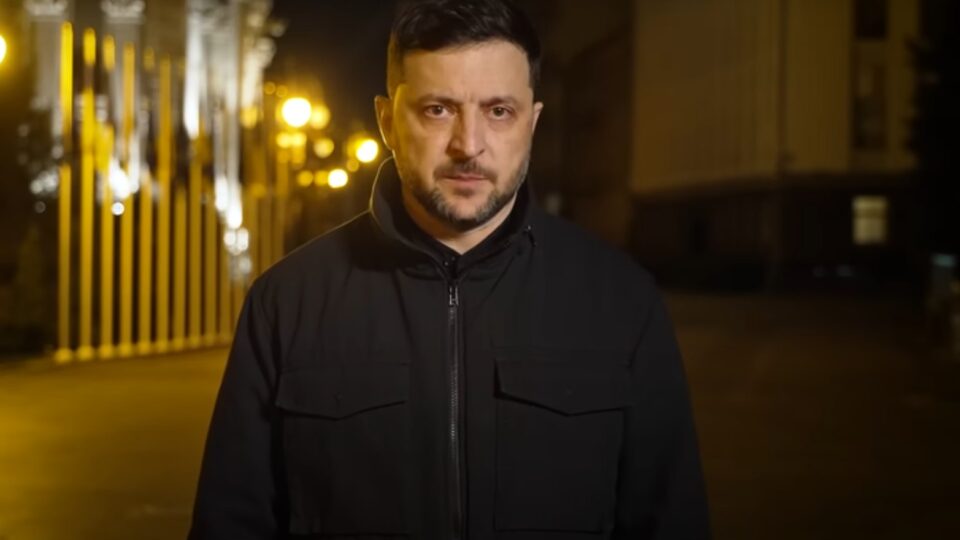
President of Ukraine Volodymyr Zelensky reported that Kyiv is preparing a new round of talks in the United States.
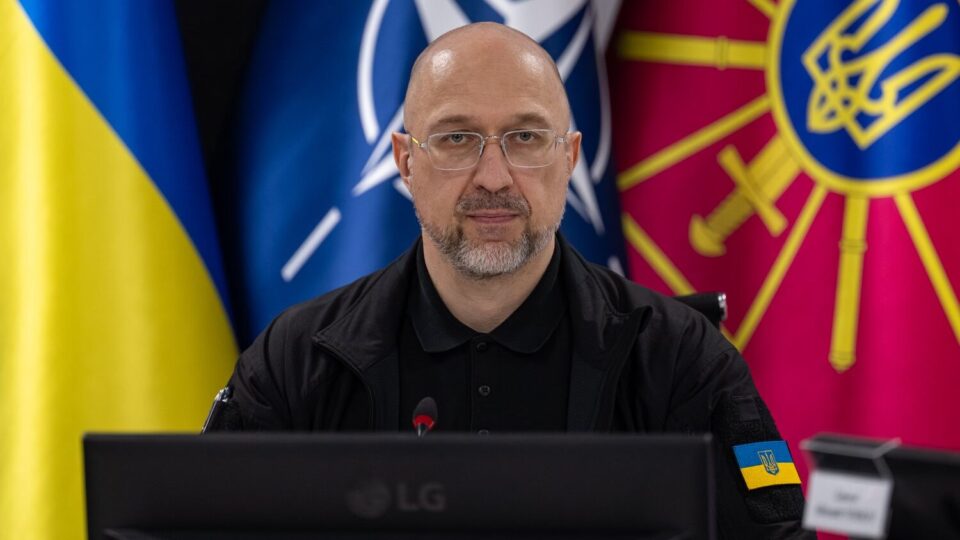
Ukraine is moving toward a systemic renewal of the governance of defense companies. Starting January 1, the State Logistics Operator and the Defense Procurement Agency will be merged into a single enterprise with a new supervisory board.
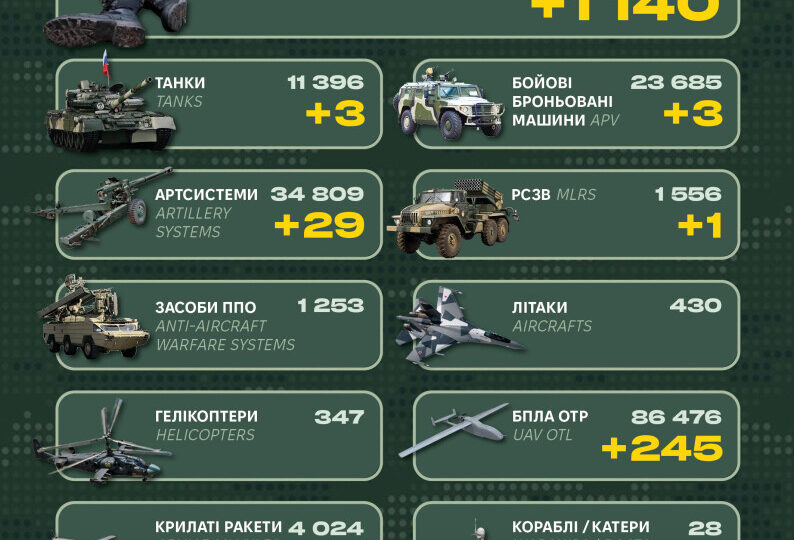
Over the past day, Russian invaders lost 1,140 military personnel killed and wounded.
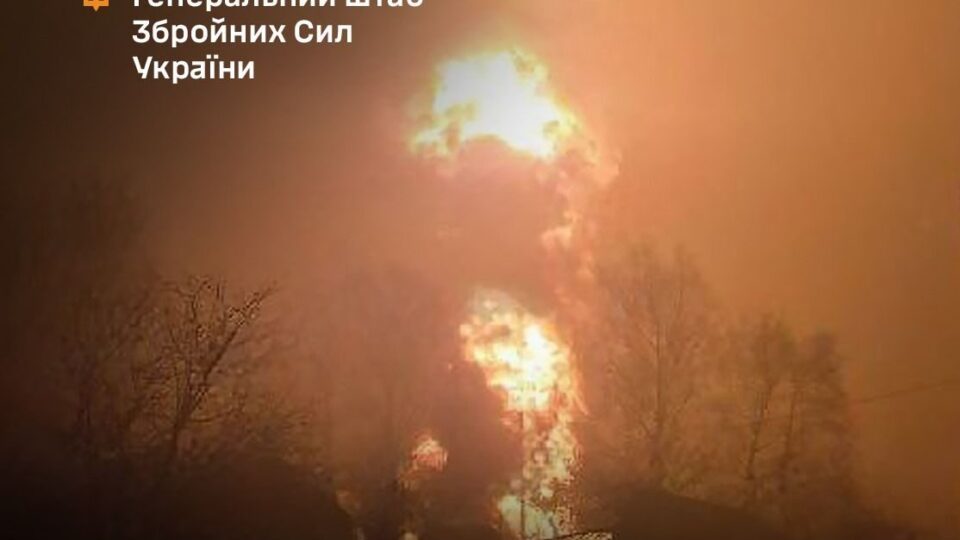
As part of reducing the offensive potential of the Russian aggressor, during the night of December 3, units of the Ukrainian Defense Forces struck the “Dmitriyevskaya” oil depot in Russia’s Tambov region.
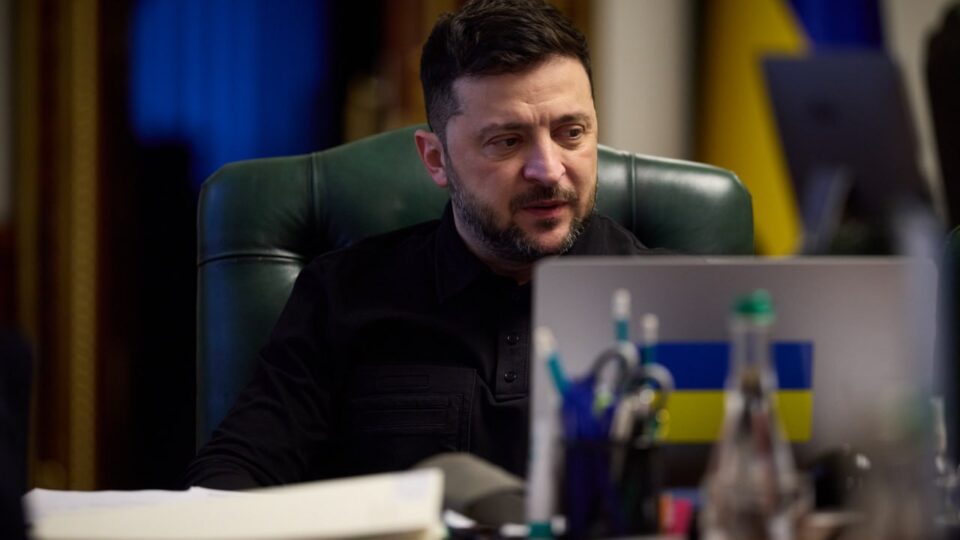
Volodymyr Zelensky instructed Ukraine’s Minister of Defence Denys Shmyhal to carry out an urgent overhaul of supervisory boards in the defence sector.
A small group of officers and analysts challenged the dominant doctrine of heavy aircraft and proved that the future of…